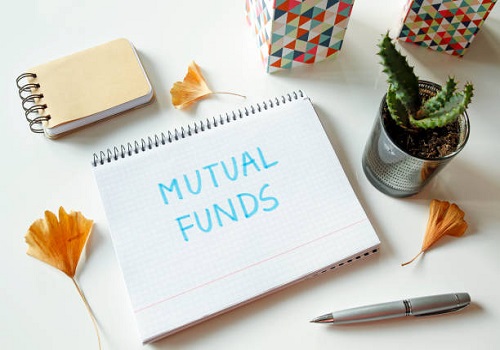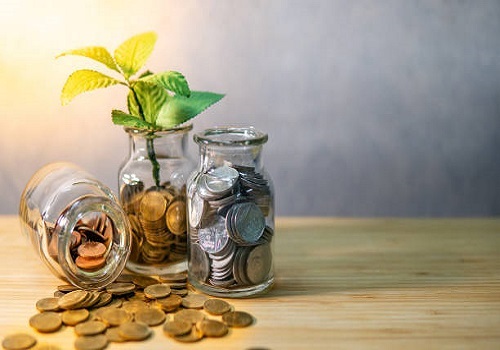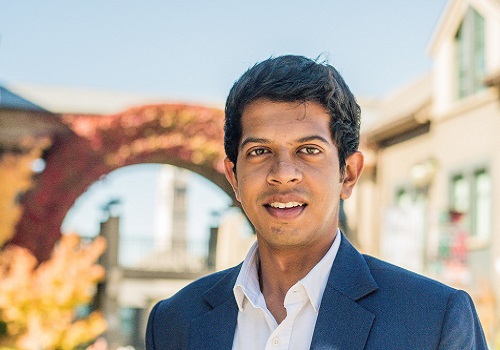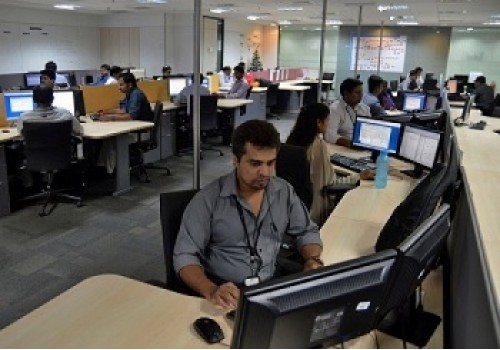Webinar Summary: Investing in a bull run. Where to from here ? by Nilesh Shetty, Quantum AMC
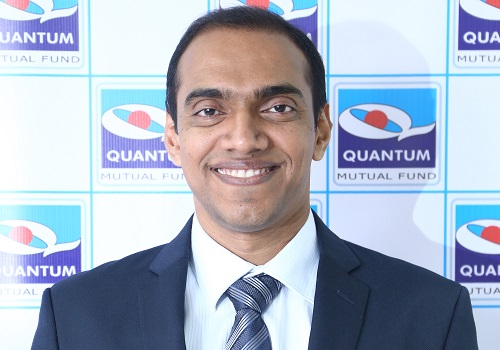
Follow us Now on Telegram ! Get daily 10 - 12 important updates on Business, Finance and Investment. Join our Telegram Channel
Below are Views On Webinar Summary: Investing in a bull run. Where to from here? by Nilesh Shetty, Fund Manager, Equity, Quantum AMC
Webinar Summary: Investing in a bull run. Where to from here?
Given that post first & second wave of Covid, the economy has taken a hit; why is the market experiencing a raging bull run? Nilesh Shetty, Fund Manager, Equity, Quantum AMC discussed this in a webinar held recently.
“Eventually, all markets levels are a function of these two things – Corporate profitability and the valuation driven by flows. Despite the first wave and the stringent lockdowns in Q1 of last year, Corporate India ended up reporting record profits. This rally has some fundamental basis. Most companies have reported record margins as well as strong revenue growth for FY 21. India before beginning of the pandemic had a consistent period of low growth. So, you had an economic slowdown driven by poor debt driven investments, rising NPAs as well as Government freeze on approvals. After 6-7 years of weak economic growth, we were at the cusp of economic revival and prepared for a natural upcycle. Perhaps demonetization and GST delayed that corporate upcycle,” notes Nilesh.
“Economic activity has normalized today after the second wave; most indicators are getting to pre-pandemic levels. We are going to see an economy that is going to recover. The primary risk to recovery is the third wave. Given that the number of people who have had their vaccinations is just below 10%, and you are heading to the festival season – starting September plus job losses have been high despite record profitability in corporate India, this may impact the spends in consumer discretionary segment. These are the broad primary risks on the fundamental side. We are expecting that the economy should get back to a growth trajectory higher than what we have seen in the last 4-5 years,” adds Nilesh.
“The other variable; let’s look at the flows. Last year CY 20, we had record flows from FIIs (Foreign Institutional Investors). This year has been fairly average. Domestic investors have used the rally to book profits. However, the share of individual investors trading in the market is at a record. The oversubscription you see in the IPO market is indicative of a very active retail investor participation,” explains Nilesh
“The PE ratios look very rich. Unless earnings growth starts stagnating or falling, the valuations will remain fairly rich in an environment of easy liquidity and rising earnings. You see a very similar phenomenon in the small and midcap space; again, valuations are fairly rich. Internally, we believe there is some amount of froth there, which means we have to be really careful,” says Nilesh
“By and large, we believe that we will have fairly strong corporate earnings growth, and it is unlikely that central bankers are going to tighten liquidity despite rising inflation. I think they want to keep the economic cycle going, especially in India. So, we may have suppressed rates for a while. We might have marginal increases, but still, interest rates are a lot lower than what we have seen in the last 4-5 years. As portfolio managers, we try and build a portfolio that reflects value, and in an environment where things do not turn out well, it should also defend us if markets were to fall,” notes Nilesh.
“In terms of strategy for investors, irrespective of the market cycle, you can look at putting away your emergency corpus first, which is about 6-24 months of expenses, based on what kind of risk profile you have. Once you put your emergency corpus away, the balance left, you put 80- 85% in 4-5 diversified equity funds. You don’t want to touch your investments in times of stress. Especially, equity investments should be kept untouched for 10-15 years. And the balance 15- 20% in gold. In times of stress, gold generally tends to do a lot better. You should not be investing in gold solely for returns, with an ability to act as a diversifier against equity price fluctuations, gold could be an effective portfolio diversifier.” explains Nilesh
“For equity investors, you do not have to worry if your time horizon is long term; these peaks don’t matter. Markets will continue to climb because the basic assumption is that companies in India will continue to grow. And if the corporate earnings are growing, the share price will continue to grow, and the portfolio will continue to grow. So, perhaps for the near term, you may want to stagger your investments rather than putting the entire 100% in one go, you could put the initial 75% now and the rest 25% if there is a correction. But if you are starting an SIP, it doesn’t matter. Over ~10 years’ time, even this peak might not look so significant,” concludes Nilesh.
To Read Complete Report & Disclaimer Click Here
Above views are of the author and not of the website kindly read disclaimer




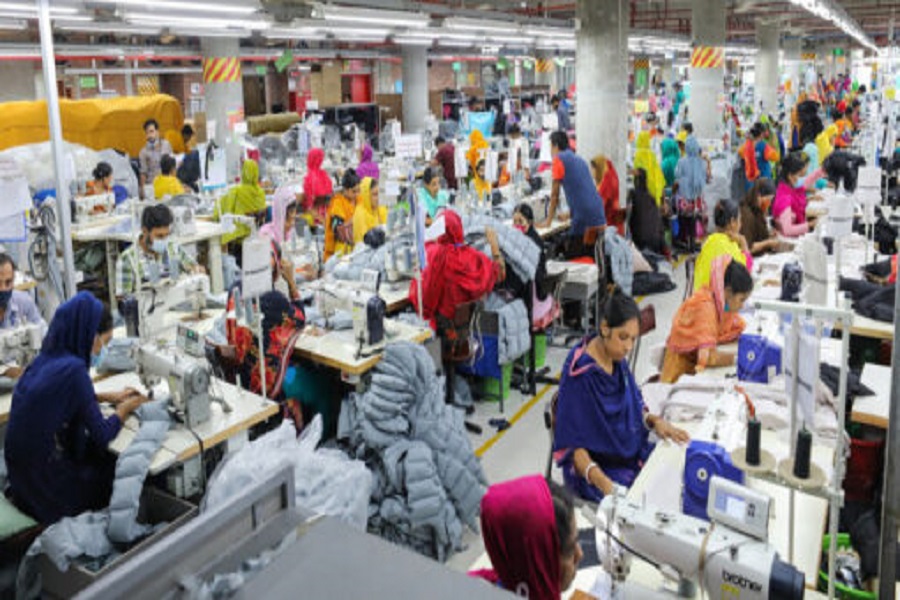
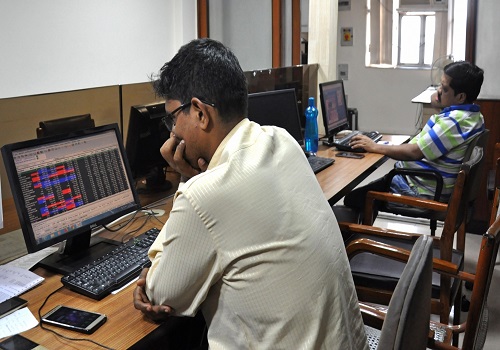

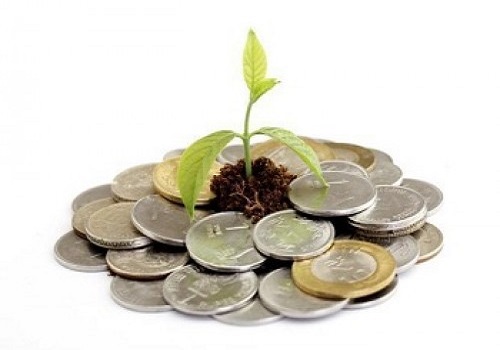


Tag News

We anticipate immense potential benefits from the upcoming Sovereign Gold Bond Tranche in FY...

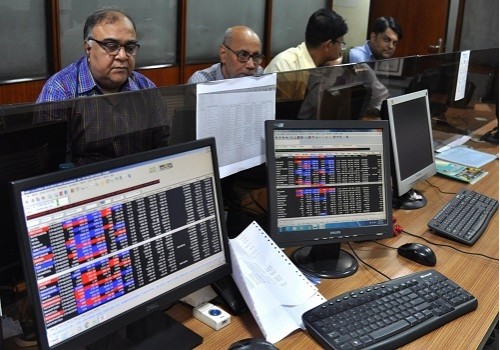

More News
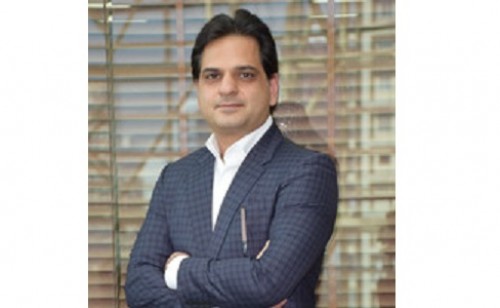
Perspective on AMFI Data by Mr. Akhil Chaturvedi, Motilal Oswal AMC
